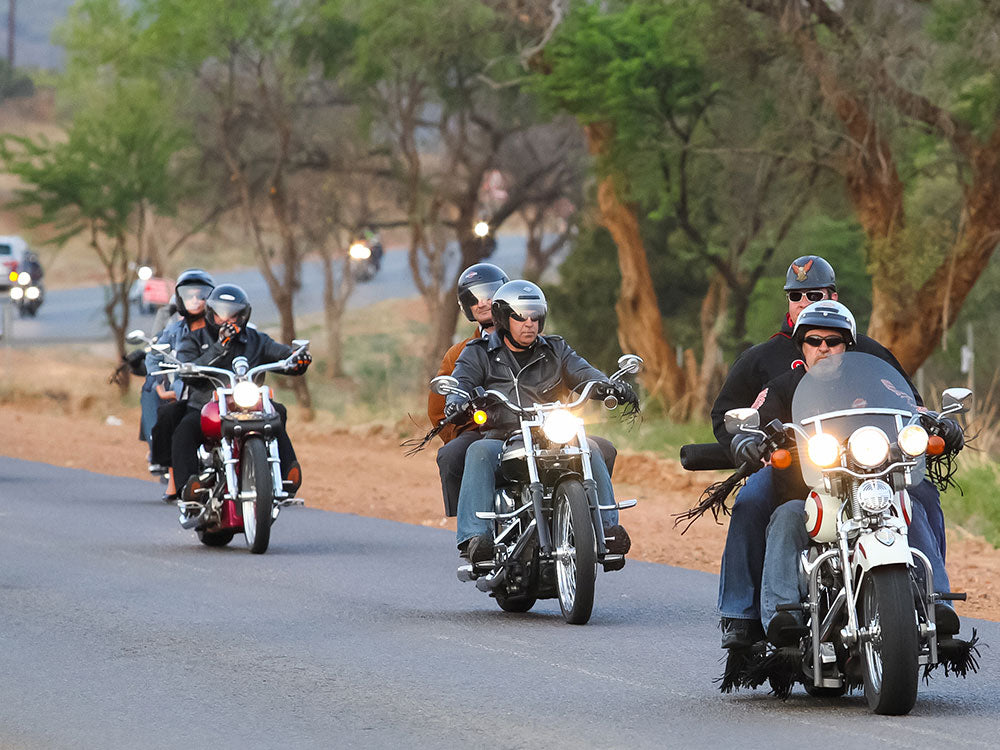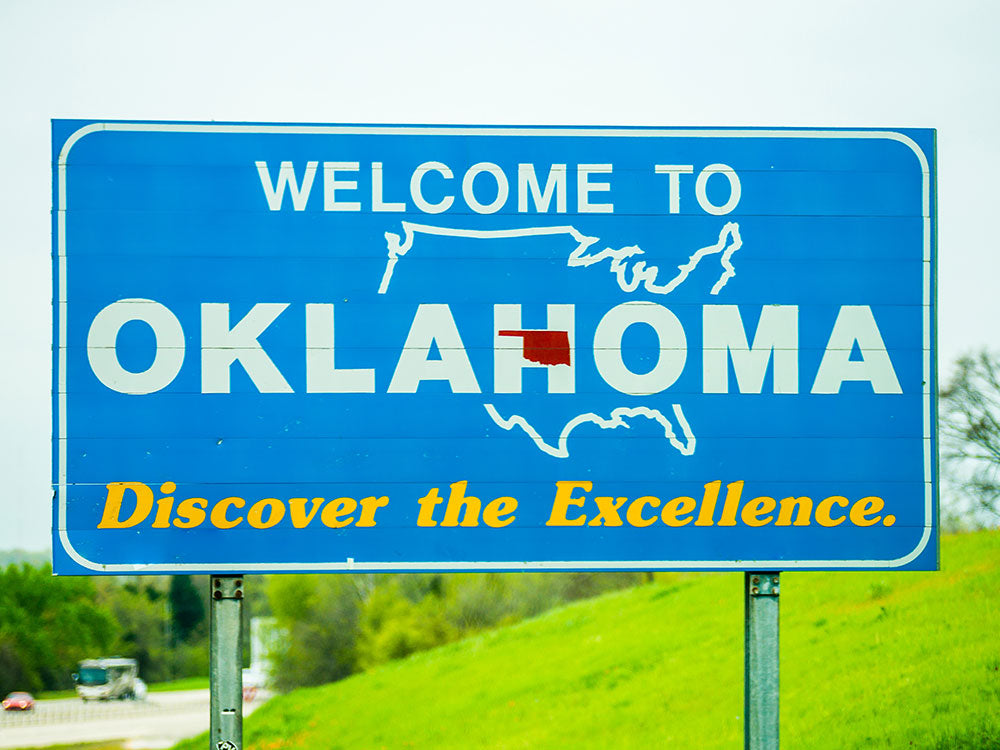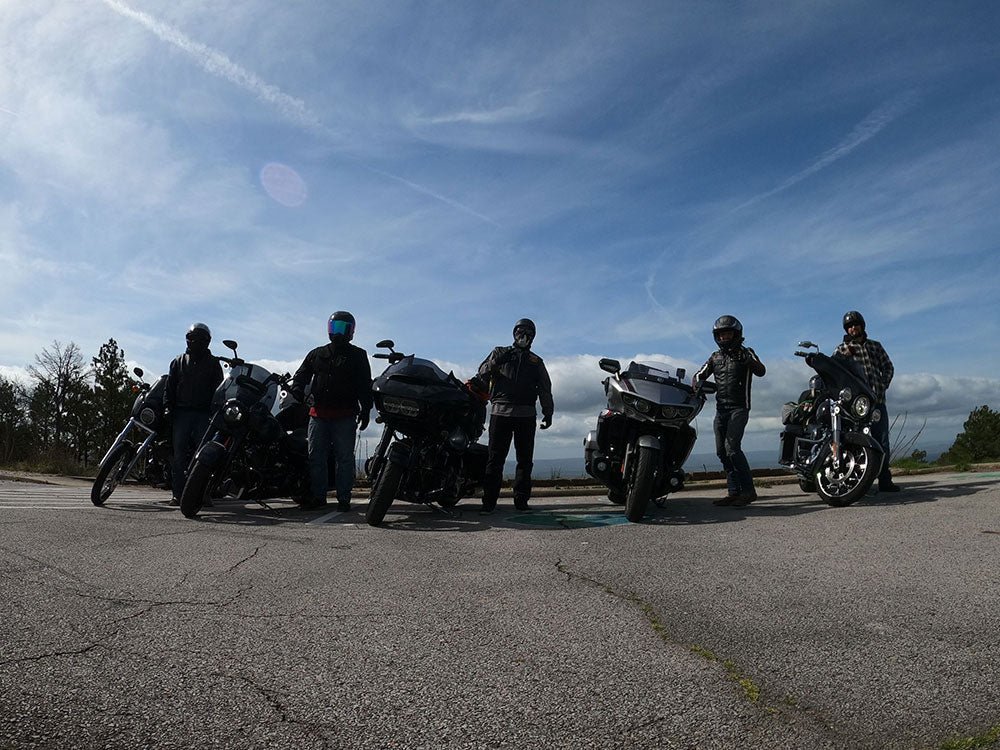Table of Content
1. Introduction
Most people are drawn to motorcycles because the idea of riding a vehicle that provides improved maneuverability and greater freedom is an exciting prospect. However, the journey to earn the right to operate a motorcycle can be a long and difficult task. Besides hand-on training when controlling the vehicle, you also have to become familiar with the rules related to motorcycles. If you are not well-versed with the rules of the road in Wisconsin, this article will give you all you need to know about this state’s motorcycle laws and licensing process.
2. Wisconsin Motorcycle Insurance

It is your responsibility as a motorcyclist to make sure that you have Wisconsin motorcycle insurance if you are the owner of a motorcycle. Besides providing financial aid in the event of an accident, it also shows that you can fully recompense any parties involved whose health or property has suffered damage. Whether you are or are not held liable for an accident, it is always best to have Wisconsin motorcycle insurance with you. Whenever you take out your motorcycle, make sure to carry documents showing proof of ownership so you can show it to the local law enforcement or other parties.
Whether you get your motorcycle insurance within or outside of Wisconsin, it must be able to pay compensation for both bodily injuries and property damages:
$25,000 for bodily injury to a person per accident
$50,000 for bodily injuries to multiple people per accident
$10,000 for property damages sustained per accident
The required forms of liability insurance coverage provide compensation for other parties involved in an accident. If you wish to have support for your health and property, you may want to consider paying for optional forms of Wisconsin motorcycle insurance. While you may not need additional insurance, you would be deprived of additional protection that could be useful following some accidents:
Collision
Comprehensive
3. Wisconsin Motorcycle Helmet Laws

If you are a rider or a passenger under 18 years old, you must be wearing a motorcycle helmet as you move around Wisconsin. It should either be a three-quarter or a full-face helmet, but either one will do fine since they are made and tested by the U.S. Department of Transportation and the Snell Memorial Foundation.
In recent years, there have been worrying statistics in Wisconsin due to many adults preferring not to wear compliant motorcycle helmets when riding on their vehicles:
From 2013 to 2017, there have been over 11,000 motorcycle accidents
From 2013 to 2017, there were about 394 fatalities and 10,217 injuries
From 2013 to 2017, only about 96 of the motorcycle fatalities were wearing motorcycle helmets
On average, about 25% of riders wear motorcycle helmets while the other 75% of riders did not
Listed in this table are the requirements and features you should look for when selecting a motorcycle helmet:
| Requirements | Three-Quarter Helmet | Full-Face Helmet |
|---|---|---|
| Has the Department of Transportation (DOT) sticker | ✔️ | ✔️ |
| Contours around your head to fit snugly | ✔️ | ✔️ |
| No signs of damage (Ex:// cracks, loose padding, scratches, or frayed straps) | ✔️ | ✔️ |
| Has a face shield with no scratches | ❌ | ✔️ |
| Includes separate eye protection with no scratches (Ex:// goggles, glasses) | ✔️ | ❌ |
| Has a hard and durable outer shell that is shatter-resistant | ✔️ | ✔️ |
| Gives you a clear, peripheral view of your surroundings | ✔️ | ✔️ |
| Securely fastened with neck- or chin-strap | ✔️ | ✔️ |
| Allows airflow without fogging up | ✔️ | ✔️ |
| Can allow you to wear sunglasses underneath | ✔️ | ✔️ |
4. Wisconsin Motorcycle License Laws
4.1 Wisconsin Motorcycle Instruction Permit & Class M License
If you are at least 16, you can then attempt to get a Wisconsin motorcycle instruction permit. You must pay $32 to finish having the permit officially issued.
If you are at least 16 and have held onto a Wisconsin motorcycle instruction permit, you can then move on to acquiring a Wisconsin Class M license. You must pay $22 if you wish to receive an original, new license.
Listed in this table are the requirements and restrictions you need to know if you need to obtain credentials or are ready to operate your motorcycle if you are holding onto either a Wisconsin motorcycle instruction permit or a Wisconsin Class M license:
| Requirements | Wisconsin Motorcycle Instruction Permit | Wisconsin Class M License |
|---|---|---|
| Must be at least 16 years old | ✔️ | ✔️ |
| Must be accompanied by at least a 25-year-old with two years driving experience and a valid Class M license during evening hours | ✔️ | ❌ |
| Provide proof of completing a driver education course | ✔️ | ❌ |
| Must wear eye protection and a helmet | ✔️ | ❌ |
| Completed the Basic Motorcycle Rider Course | ✔️ | ✔️* |
| Held onto the motorcycle instruction permit for at least six months | ❌ | ✔️ |
| Fill out the appropriate driver’s license application | ✔️ | ✔️ |
| Provide proof of Wisconsin motorcycle insurance | ✔️ | ✔️ |
| Provide proof of Wisconsin vehicle registration | ✔️ | ✔️ |
| Have your social security number | ✔️ | ✔️ |
| Have your photo I.D. | ✔️ | ✔️ |
| Must have the consent of a parent or legal guardian if you are a minor | ✔️ | ✔️ |
| Pay the required fees | ✔️ | ✔️ |
| Pass the vision exam | ✔️ | ✔️ |
| Pass the sign exam | ✔️ | ❌ |
| Pass the skills test | ✔️ | ✔️ |
| Pass the road test | X | ✔️* |
| Provide proof of U.S. citizenship | ✔️ | ✔️ |
| Provide proof of Wisconsin residency | ✔️ | ✔️ |
If you are 18 or older, you are not required to first hold onto a motorcycle instruction permit to get a Class M license.
If you are 18 or older, you are allowed to take the motorcycle license test the same day you are issued a motorcycle instruction permit so long as you set the appointment beforehand.
If you submit proof that you completed the Basic Motorcycle Rider Course, you will have the option of skipping the skills portion of the motorcycle license test.
4.2 Wisconsin Motorcycle License Test

Written Portion:
Complete 25 multiple-choice questions
Questions will be based on content from Wisconsin Motorcyclists’ Handbook
Requires a passing grade of 80% or higher
Riding Portion:
Will be conducted in an actual traffic environment or a controlled, off-street area
Examiner will conduct a pre-ride inspection to ensure your motorcycle meets safety standards
Demonstrate a basic understanding of motorcycle operation
You will be tested on your ability to stay within the speed limit, adjusting speed and position, maintaining visibility, operating under stress, accelerating, braking, turning, stopping, and swerving.
The examiner will grade you based on how well you ride at safe speeds, stay within the lanes, and demonstrate riding maneuvers.
When you take the skills exam, you will have to pay $15. If you fail the exam two times, you must complete a basic rider course instead to have this part of the motorcycle license test waived.
5. Wisconsin Motorcycle Passenger Laws
If you wish to be transported on a motorcycle, you do not have to worry about an age limit since there is no such official law in Wisconsin.
With the lack of an age restriction, technically anyone can ride behind you as you operate the motorcycle. However, not everyone can be safely seated. It is up to your best judgment to figure out who can or cannot be a motorcycle passenger. You should keep the following criteria in mind:
Never take on a passenger that cannot plant his/her feet flat against the footrests
Never take on a passenger that cannot understand and follow directions
Never take on more than one person at a time
It is only safe to transport a motorcycle passenger if your vehicle is fitted with equipment suited for carrying at least one more person. Your motorcycle must have a passenger seat that can be positioned in any of the following positions:
The back of the driver’s saddle if it can fit two people
A separate saddle placed near the rear
A sidecar
6. Wisconsin Lane Splitting Laws
Lane splitting is explicitly declared an illegal practice amongst motorcyclists in Wisconsin. Also sometimes referred to as lane filtering, you cannot engage in the following behavior when on Wisconsin’s laned roads and highways:
You cannot ride on top of the dividing lines between lanes
You cannot ride in between adjacent rows of vehicles that are stopped
You cannot overtake another vehicle sharing the same lane
Due to motorcycles having a leaner design and good maneuverability, riders are permitted to engage in lane sharing. Motorcyclists should stay centered in the lane they are currently in. However, so long as the following criteria are met, it should be safe to attempt lane sharing:
You are entitled to full use of the space within your current lane
-
You can only share a lane with another motorcycle if:
Both parties stay apart at least two abreast
Both parties consent beforehand
7. Wisconsin Motorcycle Safety Features
Every component in your motorcycle serves a specific function and works in collaboration with the others to help the vehicle operate. But the stress from overuse and the passage of time can eventually cause your motorcycle to start breaking down. Because the damage can be almost unnoticeable, you should take your time inspecting the condition of your motorcycle while it is still parked.
Horn
Wheels
Tires
Handlebars
Brake system
Controls
Headlight
Taillight
Brake light
Reflector
Exhaust system
Muffler
Rearview mirrors
Turn signals
8. Sources
- Wisconsin Motorcyclists’ Handbook
- Wisconsin Department of Transportation - Minimum Insurance Requirements
- Wisconsin Department of Transportation - Gear and Equipment
- Wisconsin Department of Transportation - Proper Operation of Motorcycles
- Wisconsin Department of Transportation - Instruction Permit (Temps)
- Wisconsin Department of Transportation - Motorcycle License
- Wisconsin Department of Transportation - Driver Licensing Fees













Leave a comment
All comments are moderated before being published.
This site is protected by hCaptcha and the hCaptcha Privacy Policy and Terms of Service apply.